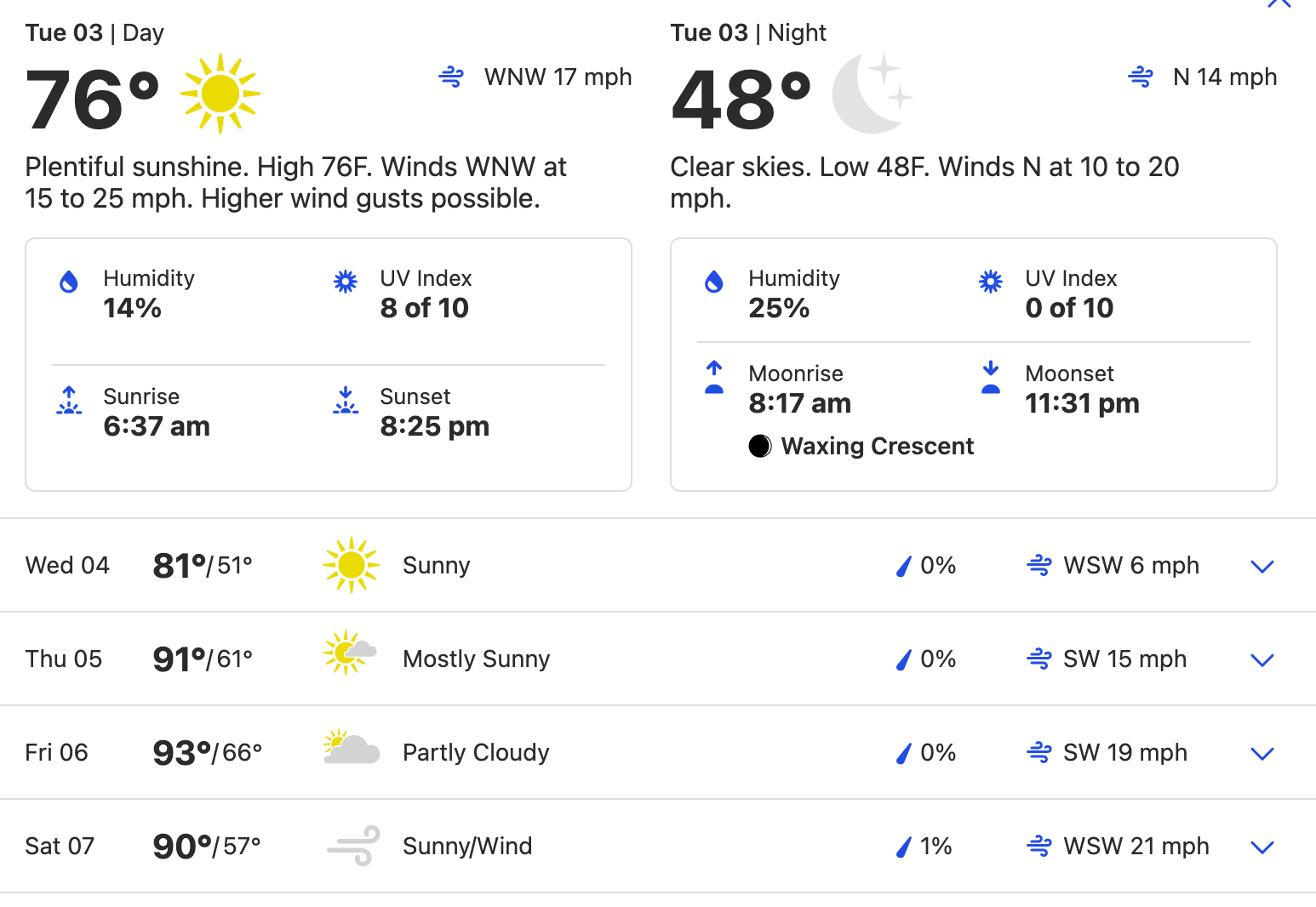How Hard is the Ironman St. George Course, Really?

(Photo: Donald Miralle/Getty Images)
When analyzing results for a race, I compare the finish times for an athlete to what they have done on other courses before. That way I can calculate how “fast” or “slow” a race has been. This is then expressed as the number of minutes a course is faster (positive numbers) or slower (negative numbers) than a “neutral” course.
Even for pros there can be a 45-minute difference between a fast course (e.g. Florida at about +20 minutes) and a slower course (e.g. Wales at about -28 minutes) with the same quality/level of performance. These numbers are for pros typically finishing around eight or nine hours; for an age-grouper who takes 12 hours to finish the race, you can add about 30% to that variance.
Analyzing previous Ironman St. George courses
The numbers for the previous St. George Ironman races come out to: roughly -10 minutes in 2010 and -6 minutes in 2011—meaning, on average over a neutral course, those first two years were about 10 minutes and six minutes slower for the pros. (Course records are 8:32 by Mathias Hecht and 9:30 by Heather Wurtele, both set in 2011.) This indicates it was a hard course, but it’s still quite comparable to other North American courses, roughly three to four minutes slower than Ironman Lake Placid or Ironman Canada (in Whistler).
| Race | Rating | Women's CR | Men's CR |
| IM Wales | -28:32 | 9:41:52 (2019) | 8:48:06 (2019) |
| IM Lanzarote | -17:35 | 9:24:39 (1995) | 8:30:34 (2011) |
| IM UK | -7:42 | 9:19:04 (2011) | 8:24:34 (2011) |
| IM Malaysia | -6:22 | 9:19:01 (2017) | 8:10:35 (2002 |
| IM St. George | -6:00 | 9:30:33 (2011) | 8:32:03 (2011) |
The weather factor
Of course, the St. George race that everyone remembers was in 2012 when strong winds made the swim and bike extra hard. The winning times that year: 9:07 by Ben Hoffman and 10:12 by Meredith Kessler. The difference for this edition of St. George: a whopping 41 minutes, one of the slowest races I have ever analyzed. This was even slower than the snowy race at Lake Tahoe in 2013 (-22 minutes), and there are only a few hard years on the already hard course in Wales that are slightly slower. This clearly shows that weather conditions can severely affect race day and how fast everyone is able to finish in St. George.
When we look at the weather conditions for this upcoming weekend there is a possibility that it is exceptionally windy again—taking into consideration that the practice swim for age-groupers was canceled today, May 3, due to high winds and high wind warnings.

RELATED: What You Need to Know About the Ironman. St. George Course
Time predictions for Ironman St. George this year
Looking back might have been the easy part, though. The harder question is what times can we expect this year? As an Ironman World Championship race, the 2022 pro field will certainly be much stronger than the fields at Ironman St. George in the past. This year’s course is also somewhat different from the 2010-12 course, when the Veyo loop was ridden twice. The run course back then also had two loops of a similar run course used for Ironman 70.3 St. George. The old course had even more elevation change than there is going to be this year, which should make this year’s course a bit quicker than what we saw in 2010 and 2011.
| Elev. Gain | New St. George Course | Old St. George Course | Kona |
| Bike | 7,400 ft | 7,000 ft | 5,800 ft |
| Run | 1,400 ft | 2,600 ft | 1,000 ft |
But of course, we have never seen a race on this course and therefore don’t have solid data to derive estimates. Because of the strength of the field, I think we’ll see race dynamics and winning times that are quite similar to what we have seen in Kona in recent years. (Kona is a -2 minutes course—meaning just a tiny bit slower than neutral for pros.)
Of course, the wind might very well slow things down, particularly given weather forecasts right now, but unless we have another crazy day as in 2012, I expect this year’s winning times to be between 7:55-8:10 for the men and 8:40-8:55 for the women. For the age-groupers, the impacts of a hard course, especially if the weather gets worse as the day goes on, will likely compound and we can expect slower than average times for them.
| Winner's Time | Women | Men |
| Kona 2019 | 8:40:10 | 7:51:13 |
| St. George 2022 (Predicted) | 8:40-8:55 | 7:55-8:10 |
Thorsten Radde runs Trirating.com and analyzes triathlon finishes and results.
Can’t get enough Ironman World Championship coverage? Bookmark this page for the latest news and insider info from St. George.